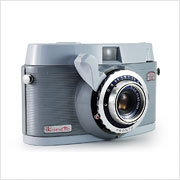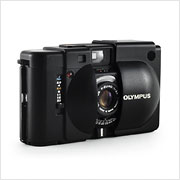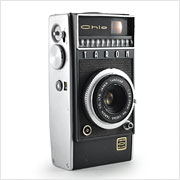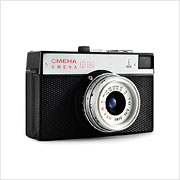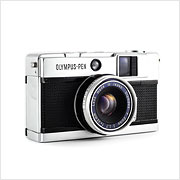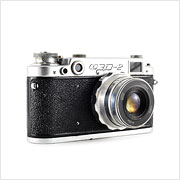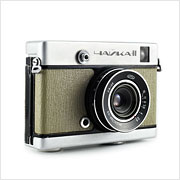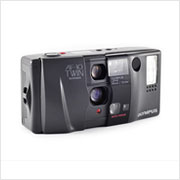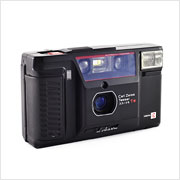Zeiss Ikon Ikonette (500/24)
The Zeiss Ikon Ikonette (500/24) is an unusual, kidney-shaped 35mm viewfinder camera introduced in 1958 by Zeiss Ikon (not to be confused with Zeiss Ikon’s Ikonette (504/12) folding camera from 1929). Unlike anything Zeiss Ikon had produced either before or since, the plastic Ikonette’s primary selling points were its simplicity, price, and looks. It was also, as far as I can tell, the only Zeiss Ikon camera that was ever marketed specifically towards women, stating that their eyes will “light up” as the camera “instantly appeals to the feminine sense of beauty” and that “it’s so easy to operate, she’ll get fine pictures right from the start.”

